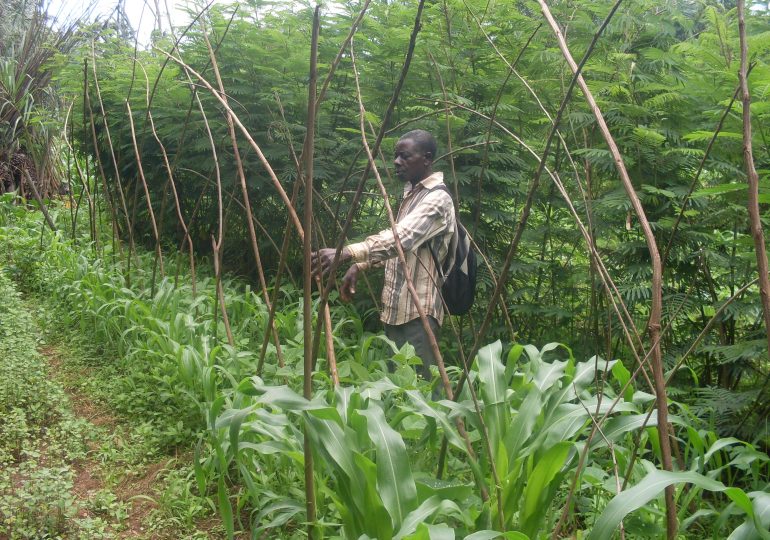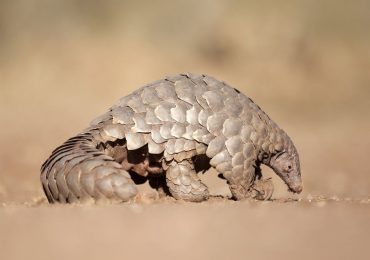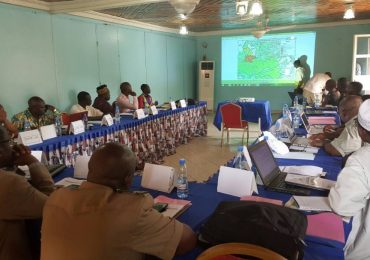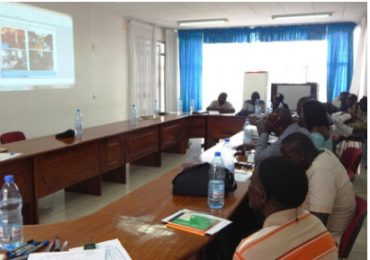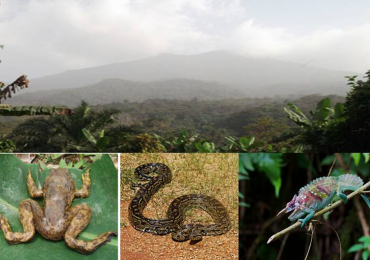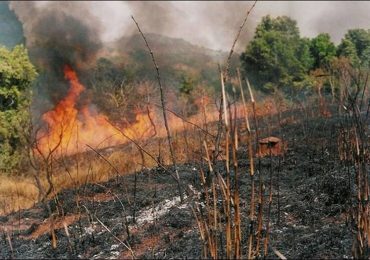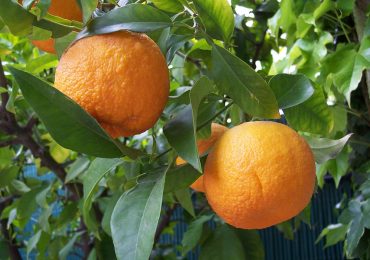The system of farming (agro-forestry) whereby multipurpose tree species such as Acacia, Leucaena and Caliandra are intercropped with other plants is boosting crops yields in the mountain areas of Cameroon where farmers are faced with droughts emanating from climate change.
By Regina Fonjia Leke
In the face of the increasing climate change adversities – dried up springs, increasing food crisis, deteriorating health, rapid disappearance of fuel wood, scarcity of timber for construction, inability to send children to school and community violence due to competition for scarce water – the farmers have turned to agro-forestry as means of improving their soil quality, farm yields and consequently fight food insecurity.
Over 100 farmers and other stakeholders in the South West, West and North West Regions whom The Green Vision interviewed during a survey explained how they have incorporated agro-forestry technologies to increase yields.
In Maumu village in Muyuka Sub-Division of the South West, a farmer, Ambang told the Green Vision that now he harvests really healthy bunches of plantains since he started practicing agro-forestry technology in his farm.
“The bunches of plantains I harvest from my farm remain the healthiest in Maumu. As a result, the neighbouring farmers sometimes accuse me of using black magic. However, I have been able to mobilize some farmers into agro-forestry and they have also started witnessing an improvement in their crop yields,” the farmer said.
In Batoke, in the West Coast of Limbe, farmers who belong to a network called “Oneness” have taken up agro-forestry project to improve soil quality and mitigate the effects of climate change. According to a member of this group, Asanji Godwin, he was motivated to start planting trees because he “experienced the effects of climate change”.
“Batoke is just a few kilometers from Debundscha which is the second wettest place in the world. Thirty years back Batoke was very cold, most especially in May, with fog everywhere. Today, the scorching sun and the rapid variations in the weather conditions have pushed me to adopt agro-forestry as a way of adapting to climate change and fighting food insecurity,” Asanji said.
In Mankon, North West Region, a farmer, Moshimbo Joseph, 51, said “With agro-forestry, I am sure of my livelihood.”
He adds, “In 2012, my yields of maize, beans and potatoes doubled and because of the quality of my maize seeds, I won the first prize for the best maize seed in the North West agro-pastoral show.”
Six years before taking up agro-forestry, the story was told differently.
“We had to trek long distances to find potable water. For those who could not and resorted to unclean water, they succumbed to cholera and other waterborne diseases,” Moshimbo said.
Djeukeng Phillipe, a farmer in Dschang, West Region, said thanks to improvement in yields, malnutrition disappeared in his home.
He said two of his sons have graduated from university thanks to the proceeds he gets from his maize farm.
Other farmers said they no longer use chemical fertilizers given that the natural nitrogen fixing agro-forestry tree leaves do the magic.
They said that the presence of these trees in the farms has led to a reduction of carbon in the air and the atmosphere is cooler than before.
They urged other farmers to incorporate agro-forestry technologies into their agricultural practices to be sure of food on the table.
The US Charity Trees for the Future, through its Cameroon Program, first introduced these farmers to agro-forestry technology and has sustained this practice since its inception in 2007.
To further help farmers mitigate climate change and sustain optimum agricultural production, Trees for the Future Cameroon also known as TREES Cameroon has planted over 4 million trees across the mountain region.
Across the entire mountain areas, notable climate change resilience measures included but not limited to cultivation of farms by women along riparian forests has made it possible to have food and vegetables throughout the year.


